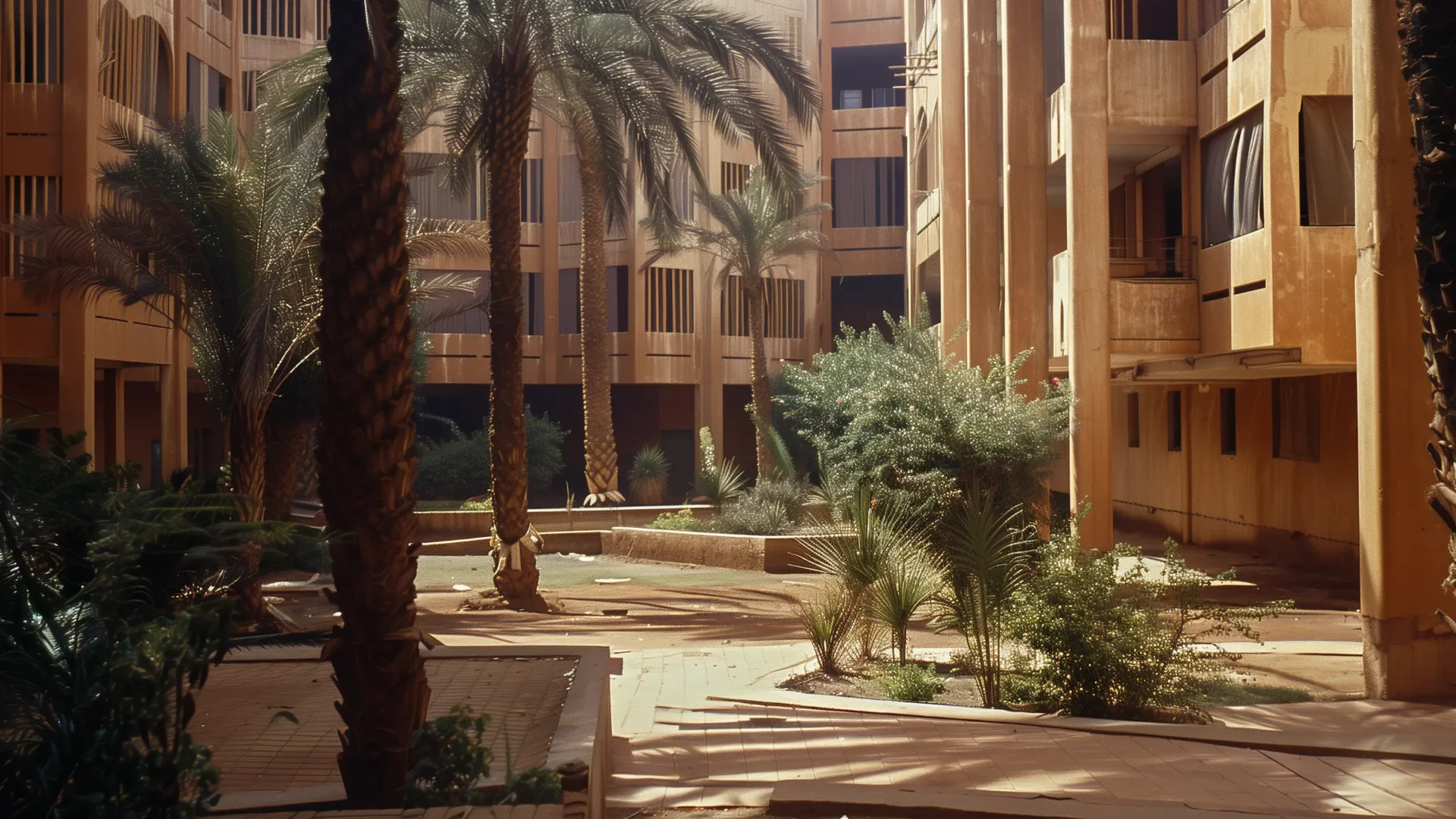Physical Dimensions
The dimensions of physical spaces where experience design scenes take place.
A setting’s size can drastically shape a person’s experience. A tight space such as a crawlspace under a house can limit the people who have access to it because of physical size dimensions or also because tight spaces make some people feel uncomfortable. A context’s size can affect how long it takes for someone to complete an activity. The distance between a person’s apartment and the train station factors into how much time they will have to read news stories or check social media in the morning before going to work. Every physical context has physical dimensions. Sometimes, these dimensions can drastically impact people’s experiences when they use products, services, and systems.
Examples of Physical Dimensions
- A forest with tall trees can make people feel “small” and cause them to experience feelings of awe.
- A cramped airplane seat
- Spacious art gallery
- Narrow hallway
- Massive open plains
Researching Physical Dimensions
When designers research a setting’s size, they learn physical limitations—spaces between objects and people that can not be easily changed. This research can help designers make design decisions with proximity and physical space limitations in mind.
Questions to Ask
- How much space exists between people and design objects in this scene?
- In what ways does the amount of space in this setting affect the things people can do?
- How does the amount of space in this context potentially create certain feelings in people?
Look For…
- Height of the space
- Width of the space
- Volume of the space
- Ways people react to the setting’s size
- Ways the size of a space limit what can be placed in it
Sources
Social Science
Piff, P. K., Dietze, P., Feinberg, M., Stancato, D. M., & Keltner, D. (2015). Awe, the small self, and prosocial behavior. Journal of Personality and Social Psychology, 108(6), 883-899.
Rudd, M., Vohs, K. D., & Aaker, J. (2012). Awe Expands People’s Perception of Time, Alters Decision Making, and Enhances Well-Being. Psychological Science, 23(10), 1130-1136.
